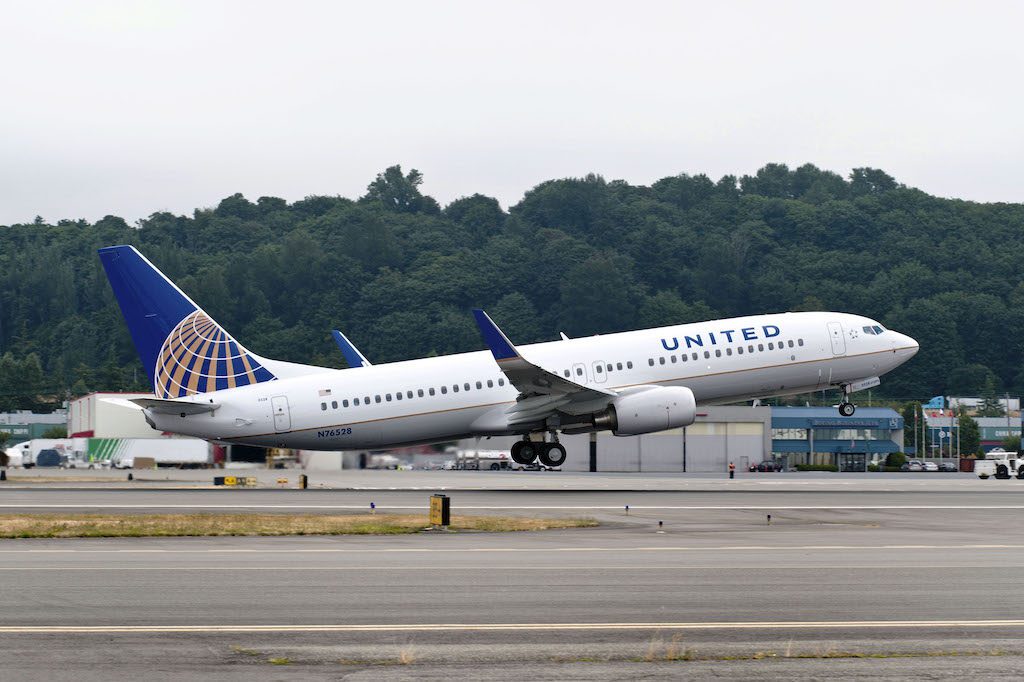
The FAA has issued a new airworthiness directive requiring flight manual changes for thousands of U.S.-registered Boeing 737s, including the 737-800 pictured here. (Boeing)
A new airworthiness directive (AD) published by the Federal Aviation Administration on Wednesday identifies hazardous interference from 5G C-Band wireless broadband operations that could prevent radio altimeters on most Boeing 737s from performing their intended function.
The latest 5G C-Band directive requires operators of all 737s—except for Model 737-200 and -200C series airplanes equipped with a certain flight control system— to revise their airplane flight manual (AFM) to incorporate specific operating procedures for instrument landing system (ILS) approaches, speedbrake deployment, go-arounds, and missed approaches, when in the presence of 5G C-Band interference. FAA officials issued the AD after receiving new data reported by Boeing over the last month, as the aircraft manufacturer has been continuously evaluating and testing the impact of 5G C-band on its aircraft and subsequently issuing updates to customers about their latest findings.
Based on data reported by Boeing, the agency determined that the -200 and -200C series equipped with the SP-77 flight control system are not susceptible to 5G C-Band interference. The AD attributes this exception to the SP-77’s lack of autoland and flare modes, two of the main functions impacted by the interference on the other models that will require an AFM revision under the new directive.
An estimated 2,442 U.S.-registered aircraft are affected by the AD and the AFM revision will cost 737 operators a combined $207,570, according to the directive.
“The FAA determined anomalies due to 5G C-Band interference may affect multiple other airplane systems using radio altimeter data, regardless of the approach type or weather. These anomalies may not be evident until very low altitudes,” FAA notes in the AD. “Impacted systems include, but are not limited to, autopilot flight director system; autothrottle system; flight controls; flight instruments; traffic alert and collision avoidance system (TCAS); ground proximity warning system (GPWS); and configuration warnings.”
Among the effects on the systems identified as those that rely on radio altimeter data, there is a possibility that the autopilot could disconnect during approaches that use ILS or Ground Based Augmentation System (GBAS) procedures. Data reported to the FAA by Boeing also showed that 737 model autothrottles “may retard to idle prematurely in the flare.” Traffic Collision Avoidance System (TCAS) and radio altitude-based alerts may also become unavailable due to 5G C-Band interference.
The directive is the latest issued by the AD targeting 737 models, after publishing a directive last month that revised landing requirements on 737 MAX aircraft. Directives have also been issued regarding landing requirements for the Boeing 747-8, 757, 767 and 777.
“The AD does not apply to landings at airports where the FAA determined the aircraft radio altimeters are safe and reliable in the 5G C-band environment,” the FAA said in a Feb. 23 statement. “It also does not apply to airports where 5G isn’t deployed.”